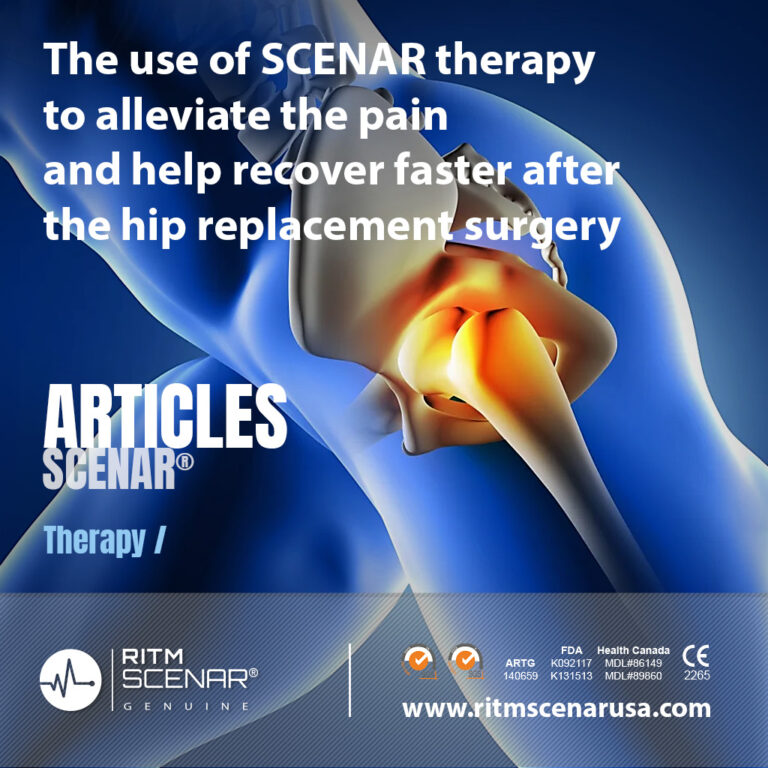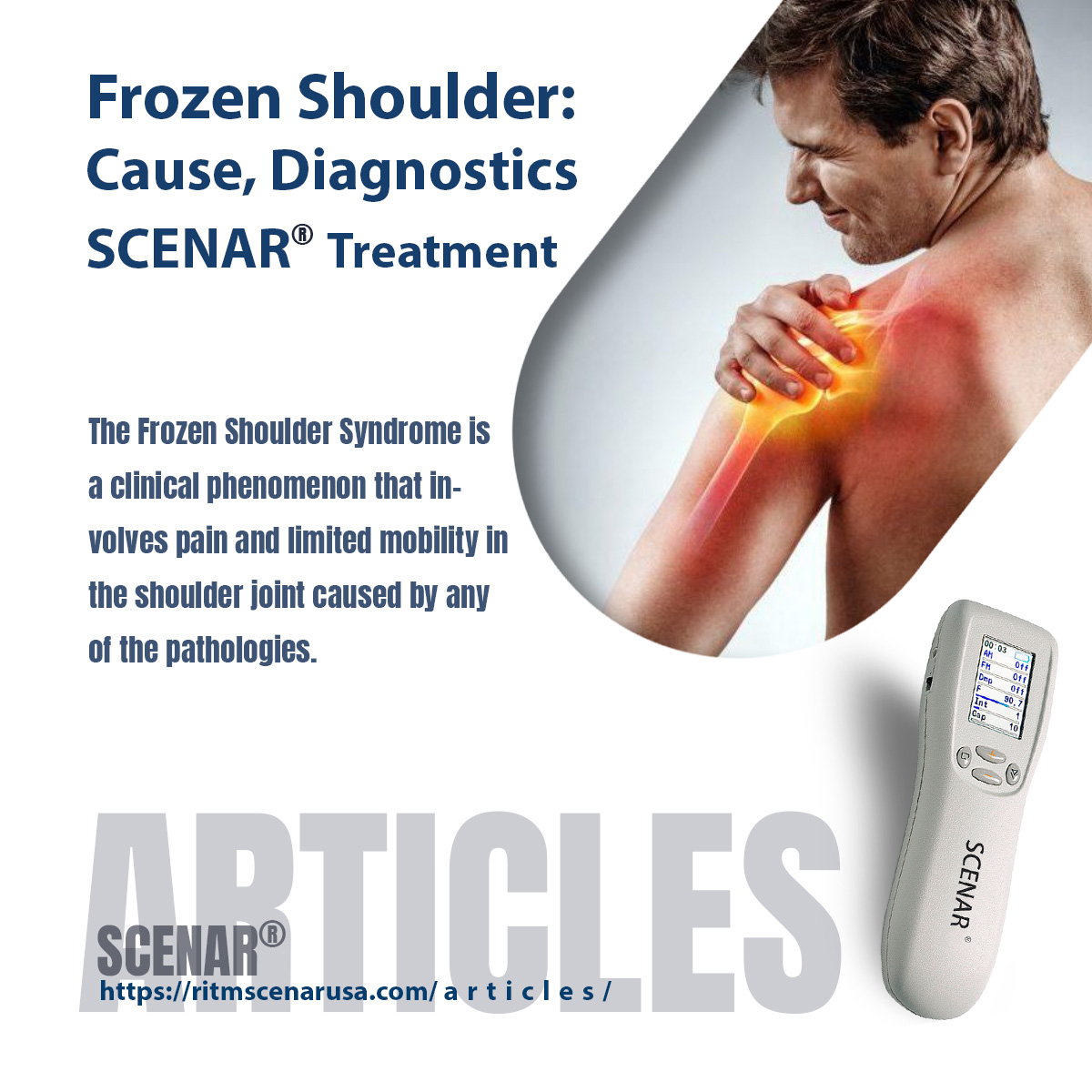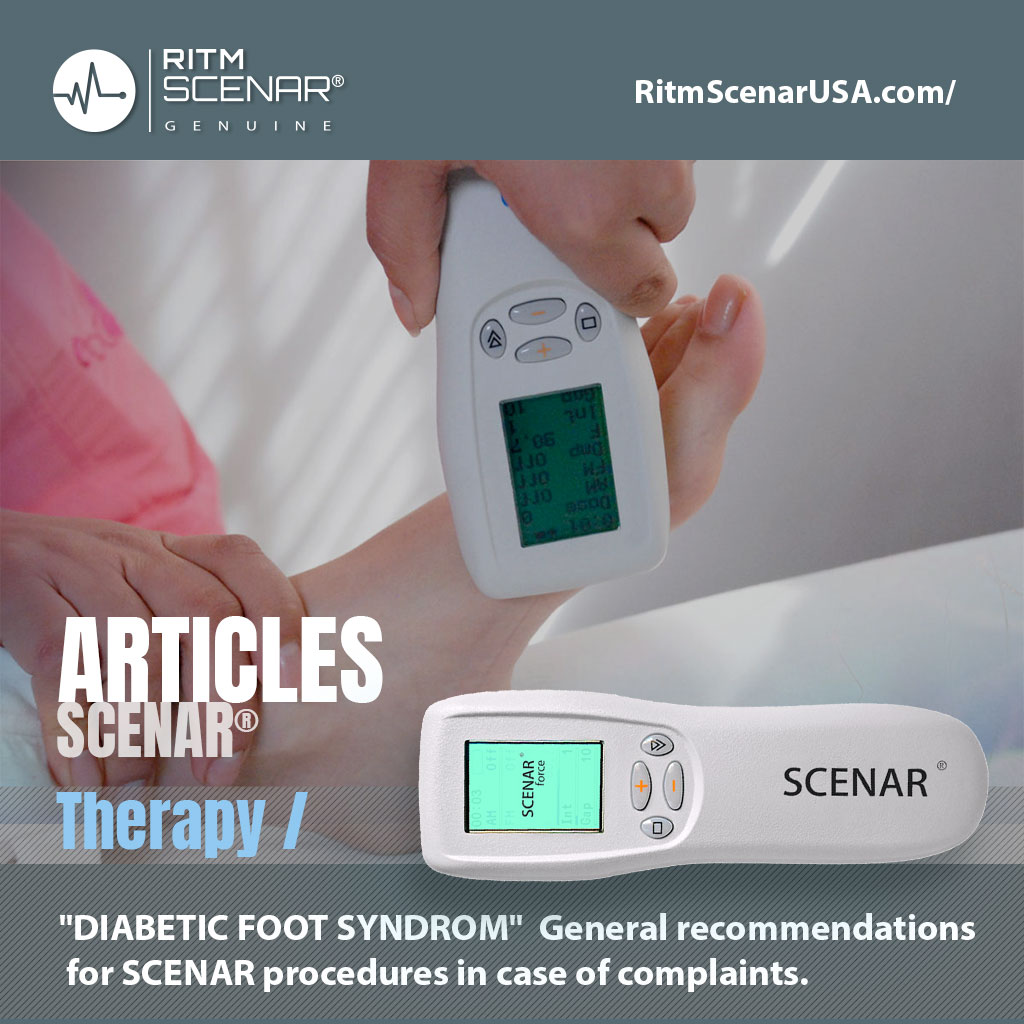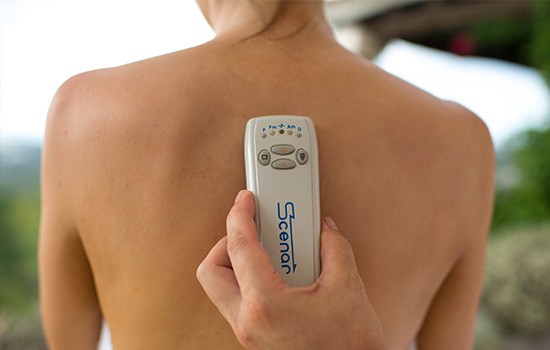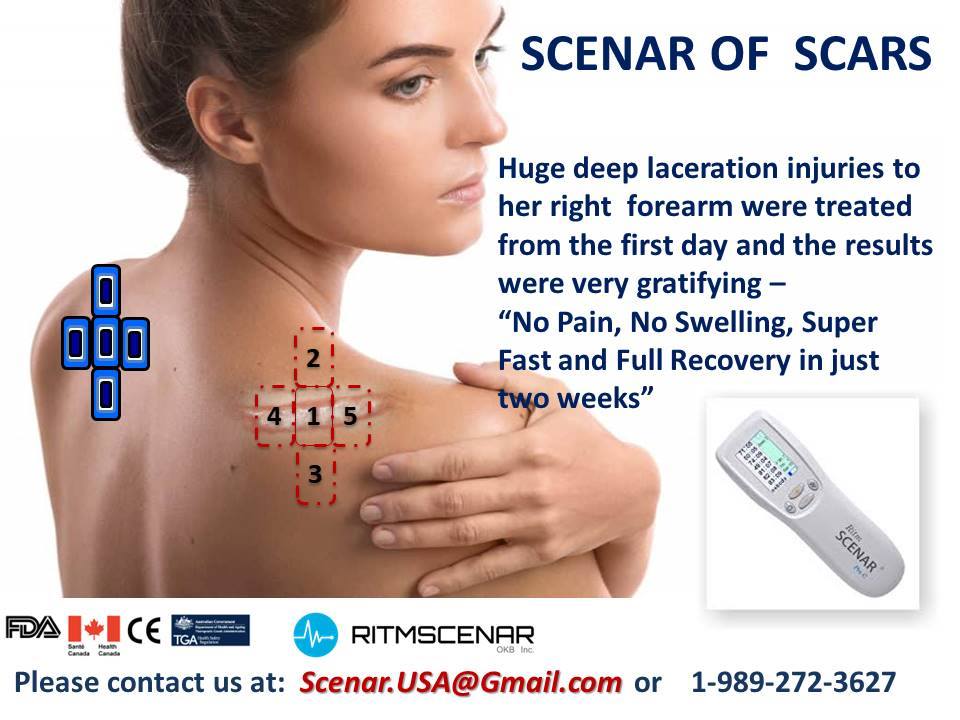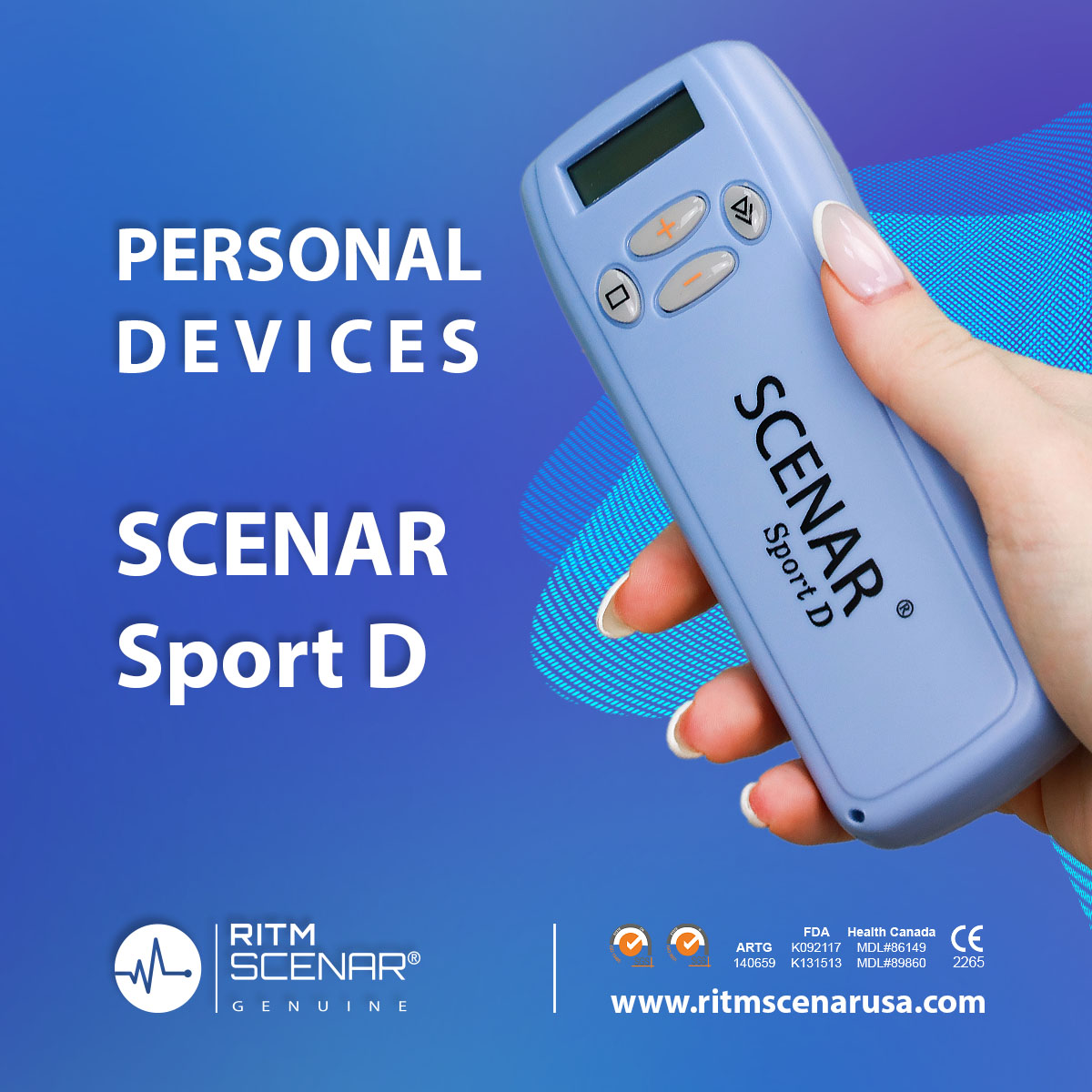Medical Contributor: Boris Kulizshkiy
The hip joint is part of the joint chain that transfers weight from the body through the spine to the sacrum. To function correctly and with full range of motion, the ligaments, muscles, and fascia surrounding the joint must be working in unison. The hip is one of the largest weight-bearing joints in the body, which is why hip pain is so common.
Muscle strain or overuse, the wrong type of physical activity or overuse can cause damage or inflammation to the muscles surrounding the hip, leading to The use of SCENAR therapy to alleviate the pain and help recover faster after the hip replacement surgery pain and stiffness
Most painful conditions can be successfully treated with SCENAR therapy, but in the presence of degenerative conditions such as cartilage degeneration, osteoarthritis, or hip necrosis, SCENAR therapy can only relieve symptoms, especially pain, but cannot cure.
Hip pain is not always degenerative. Hip joint degeneration occurs over many years.
Arthroplasty, sometimes called joint replacement surgery, is the replacement or reconstruction of a diseased joint. Like all surgeries, arthroplasty carries risks and potential complications. Complications can occur during recovery:
- dislocation of the new joint, especially the hip joint;
- Damage to nerves, muscles, or blood vessels.
SCENAR therapy can help reduce the risk of complications quickly, reduce hip pain and restore mobility in a shorter time.
SCENAR therapy in this case has three directions:
- acceleration of implant engraftment;
- restoration of motor function of the operated extremity;
- General normalization of motor function.
The hip joint has two “magic points” of pain therapy.
- The first point is located in the middle of the line connecting the greater trochanter of the femur and the lateral spine of the pelvic bone. If you bend and move the leg outward at the hip joint, the point will be at the crossing of the above-mentioned line and the flexion line. The electrode of the device is parallel to the flexion line of the hip joint.
- The second point is located at the crossing of the perpendicular line going down from the anterior superior iliac spine and the line parallel to the inguinal ligament, located one transverse finger below it. The electrode of the device is parallel to the flexion line of the hip joint.
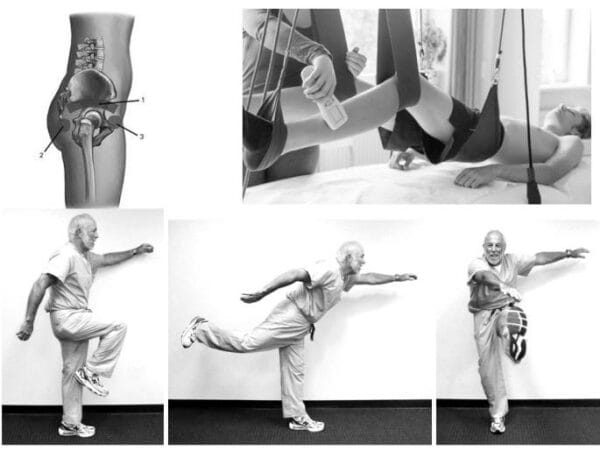
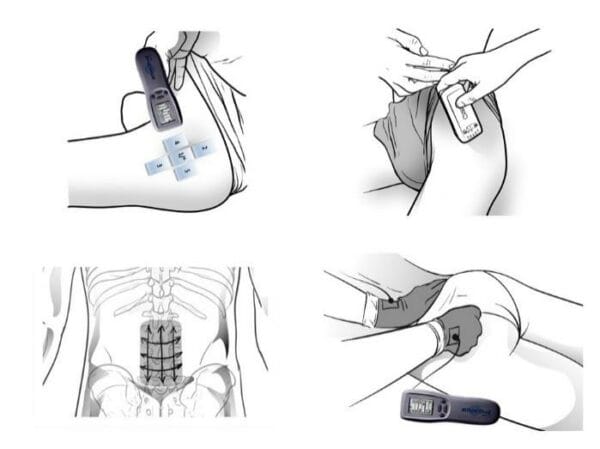
Pain management
For pain in the postoperative period (first two weeks):
- SCENAR procedure on the area of local complaint of the skin projection of the joint;
- SCENAR FORCE Preset “Joint Acute”» and for tense muscles Preset “Myo Deep”.
For edema treat regional lymph nodes or lymphatic collectors Preset “LoFM” and edema zone – Preset “SubAcute”
Recovery of motor function of the operated extremity:
- Pain therapy according to the «Arthrosoarthritis» scheme:
- First, load the inflamed joint with active and passive movements. It is necessary to determine the limits of mobility restriction and occurrence of pain during movement.
- Set FM. Place the electrode on the “magic point” of the joint or the point of maximum pain Energy – comfortable, treatment time is 3-4 minutes.
- Load the joint again with passive and active movements, pay attention to the change in pain in the joint or change in mobility.
- If there is no change in pain and mobility, set Frequency – 360 Hz and repeat the action on the “magic” or painful points.
- If the pain has changed localization, the electrode should be placed in the newly found points and work on them.
- If the pain has decreased, set Frequency – 60 Hz and massage the entire joint.
- Turn on D-1/ IDM and treat the points treated in step 2 on a symmetrical healthy joint till Dose (*).
- Muscle massage
- An additional treatment of the muscles with the «Pawns» electrode during the massage on the asymmetries found (tense muscles, soreness, painful muscles, weak muscle, local soreness of the ligaments) or Preset “Myo Deep”.
General normalization of motor function
- physiotherapy;
- search for asymmetries and violations;
- pain SCENAR therapy (any type);
- Massage with electro- conductive gloves according to massage rules.
REFERENCE LIST:
- Grinberg Ya.Z. SCENAR therapy: efficiency from the standpoint of electrotherapy methods. //SCENAR therapy, SCENAR examination. Collection of statistics. – Issue 2.
- Revenko A.N. Adaptive regulation (SCENAR). Theoretical and practical justification. //SCENAR therapy, SCENAR examination. Collection of statistics. – Issue 1
- Non-invasive interactive neurostimulation in the post-operative recovery of patients with a trochanteric fracture of the femur A RANDOMISED, CONTROLLED TRIAL I. G. Gorodetskyi
- Journal of Bone and Joint Surgery – British Volume, Vol 89-B, Issue 11, 1488-1494.
- Use of Noninvasive Interactive Neurostimulation to Improve Short-Term Recovery in Patients with Surgically Repaired Bimalleolar Ankle Fractures: A Prospective, Randomized Clinical Trialю Gorodetskyi The Journal of Foot & Ankle Surgery 49 (2010) 432-437
